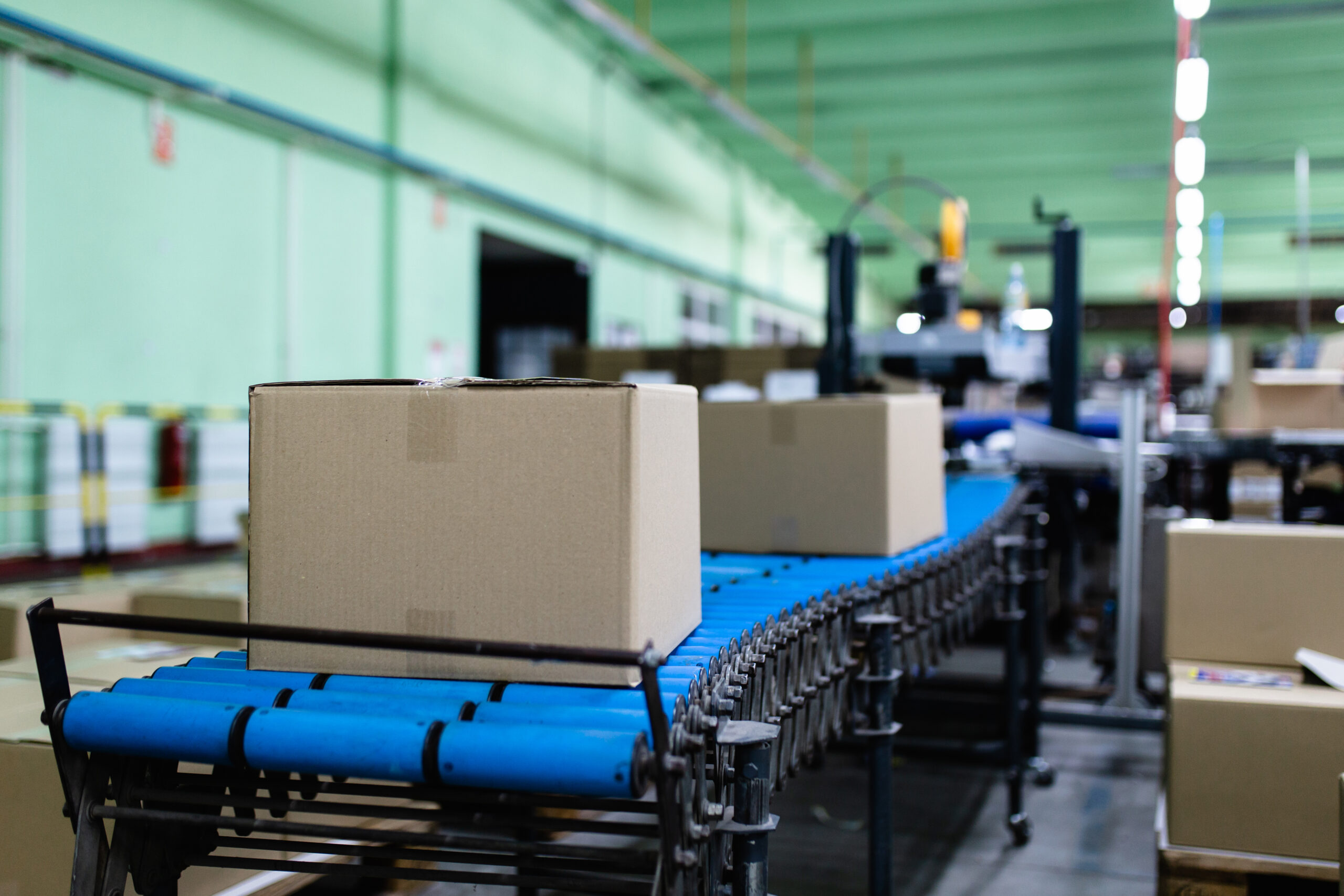As warehouses across the country increasingly embrace renewable energy solutions, there is an ever-growing need for best practices that enable a successful and efficient transition for warehouses. From solar power to wind energy and geothermal sources to automated storage, numerous styles of renewable energy can be applied when modernising a warehouse energy management system.
Once implemented correctly, not only can businesses make cost savings in electricity bills, but they may also be eligible for government incentives as part of encouraging sustainable living. In this blog post, we’ll explore the best practices to successfully incorporate renewable energy into your warehouse setting. Read on to find out more!
Energy Requirements Within Warehouses
When it comes to an understanding of the actual energy requirements for warehouses, a few key considerations must be taken into consideration.
Heating & Cooling
The energy required to heat/cool a warehouse depends on its size, location, and other factors, such as insulation. For example, a warehouse located in an area with extreme temperatures (such as hot summers and cold winters) may need more energy to keep the internal environment comfortable.
Generally speaking, though, heating and cooling account for around 25% of total warehouse energy needs. A warehouse will need an additional cooling energy management system to maintain the temperature of cool supply products.
Packaging Machines
Depending on the type of packaging machines used within a warehouse, they can make up anywhere between 10%-30% of total energy use within a facility – so it’s important to choose models designed with efficient power usage in mind!
Additionally, Facilities Managers should always consider implementing an automated-scheduling energy management system for these machines, which will limit their operation, thus reducing overall power consumption.

Conveyor Belts
Much like packaging machines, conveyor belts depend on the model chosen but generally constitute around 10-20% of power use, depending upon their utilisation rate. To reduce this percentage, install advanced sensors/timers that automatically detect when demand increases.
These measures help ensure that only necessary belt components are used at any given time, thus saving money and resources. Additionally, investing in quieter models helps reduce background noise levels, thus promoting better working conditions overall!
Robots
With robotic automation becoming increasingly commonplace within warehouses throughout recent years, they have quickly become one of the greatest demands on total storage energy needs. They consume up to 40%.
As such, businesses must pay extra attention when selecting robots as they often consume much more electricity than human workers while performing similar tasks. They may increase costs considerably if not managed or optimised correctly over time! It’s also important to note that switching out older models may save considerable amounts.
Benefits of Alternative Energy Solutions
Alternative energy management system has become increasingly popular in warehouses due to their potential cost savings. From solar and wind power to geothermal, there are many advantages – here’s a list of just a few:
Cost Savings
By investing in a renewable energy management system, warehouses can significantly reduce their electricity bills over time by reducing dependence on grid-supplied electricity. This can help lead to significant savings in both money and time over the long term.
Greenhouse Gas Reduction
Harnessing an alternative energy management system is vital in reducing greenhouse gas emissions contributing to global warming and climate change. Renewable energies produce no emissions directly, so using them for warehouse operations reduces the pollution created by burning fossil fuels for energy production.
Sustainability & Resilience
Alternative energies open up business opportunities within a warehouse environment because they don’t rely on imported goods from outside suppliers or utilities. This implies that even when external resources may be limited, businesses will still benefit from locally produced renewable power.
If you rely on solar or wind energy, there will be no increased costs from importing expensive fuel sources such as natural gas or coal-generated electricity.
Reliability & Security
Utilising alternative energies leads to more reliable power systems as these sources are typically free from unpredictable weather conditions or technical failures found with some traditional electric grids (i.e., less chance of outages).
And since many forms of renewable energy allow direct access outside regular utility companies, it is more difficult for someone else (i.e., hackers) to access your energy management system without permission. Furthermore, this strengthens safety and security measures within any facility relying on alternative technologies like solar panels.
How To Adapt Warehouses For Renewable Energy
Today’s warehouse is an energy-intensive building, but with renewable energy technology and innovative solutions, warehouses can have a sustainable energy management system.
Energy Monitoring Systems
Installing an energy monitoring system is essential in any warehouse working towards sustainability. It allows you to track your electricity use and identify improvement areas, such as decreasing air conditioning hours during off days or nights. Use a better warehouse layout for greater visibility over how much electricity is used, so you can better adjust your other strategies accordingly.
Smart Climate Control
Creating a temperature-controlled environment within a warehouse requires significant resources and contributes significantly to greenhouse gas emissions. Installing smart climate control systems, such as adding more insulation, is one way of combating this issue.
Like a sandwich panel, the insulation system will allow businesses to manage temperatures while reducing resource consumption (and associated costs) effectively. Furthermore, smart climate control systems can be controlled remotely, giving warehouse management greater flexibility over how much power they use at any given time.
Reduce, Reuse, Recycle
Whether it be through recycling raw materials or encouraging staff members to reduce their plastic footprint within the workplace, reduce, reuse, and recycle work. Ensure all non-essential products are replaced with sustainable alternatives such as reusable water bottles instead of single-use plastics. Have a plan to recycle effectively.
Proximity Tracking
Implementing proximity tracking technology helps ensure more efficient resource management by providing accurate information on location and asset utilisation rates at any given moment.
This may drastically reduce power usage when compared with traditional methods. These technologies help warehouse operations monitor the movement of supplier deliveries and where they are stored in the warehouse.

Conclusion
Applying renewable energy solutions to warehouses is an invaluable and practical step in achieving sustainability goals and potentially saving costs. These strategies can result in improved air quality, decreased electricity costs, and reduced greenhouse gas emissions—all of which help create a healthier environment and economy.
The best part? Moving towards renewables doesn’t require a complete overhaul—you can start to move in the right direction with just a few smart switches here and there, like upgrading parking.



